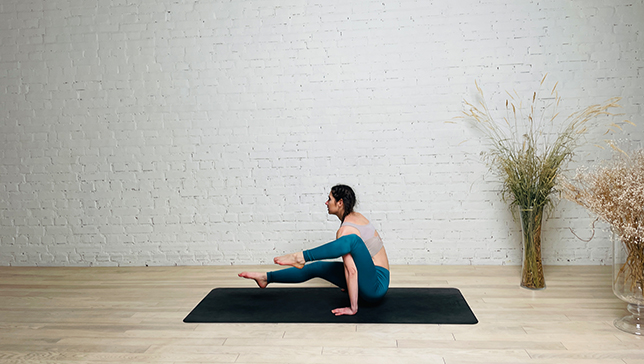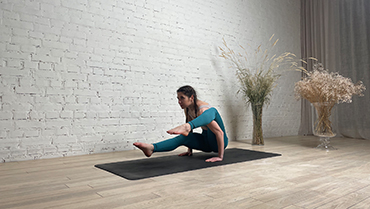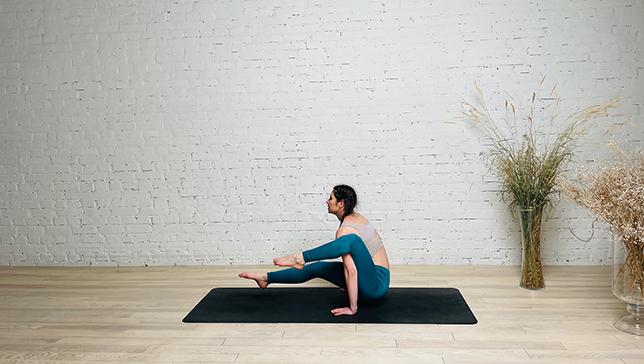Leg-Over-Shoulder Pose - Eka Hasta Bhujasana

Contents
Leg-Over-Shoulder Pose or Eka Hasta Bhujasana in Sanskrit (eka means “one,” hasta means “hand,” bhuja means “arm” and asana means “pose.”) is an advanced yoga pose, and an arm balance yoga pose done from the seated pose Dandasana (Staff Pose). Categorized as an asymmetrical pose, it impacts both sides of the body (in this case the hips and the legs) differently. The nature of this pose is a close resemblance to an elephant’s trunk, and hence also called Elephant’s Trunk Pose.
Pose Detail
- Difficulty: Advanced, Intermediate
- By Type: Arm Balance Yoga Poses, Balancing Yoga Poses, Flexibility Yoga Poses, Strengthening Yoga Poses
- By Benefit: Yoga Poses For Weight Loss
Step-by-Step Instructions
Benefits and Contraindications
Strengthening the arms and wrists
Promoting core strength
Stretching the hips
Improving balance
Energizing the body and mind
Boosting inner strength.
Wrist, arm, shoulder or hip injury should
Chronic back conditions
Photo poses in different angles


Modifications and Props for Begginers
Leg-Over-Shoulder Pose is an intermediate to advanced yoga pose and it requires a lot of strength in arms, legs, and core muscles. Nevertheless, the beginning practitioners can also practice the pose using the props for more confidence and support. Here are some examples of how yoga props can help the beginning practitioner to master the Leg-Over-Shoulder Pose.
- With the support of blocks. Place the blocks by the sides of the hips.
- Sit on a cushion that is level with the blocks.
- Place the palms firmly on the blocks then lift the hips and the extended leg off the floor.
Useful Tips
- One of the toughest things about this pose is keeping your extended leg lifted off the ground. It helps to think about pulling your leg in towards your body, as if you wanted to pop it into your hip socket.
- If the weight of your extended leg is a bit too much to handle, don’t be shy to tuck it in instead. This will shift the weight of your leg towards your center and make it less challenging to lift.
Frequently Asked Questions
Variations
- Crow Pose
- One Legged Crane Pose II
- Leg-Over-Shoulder Pose With Blocks